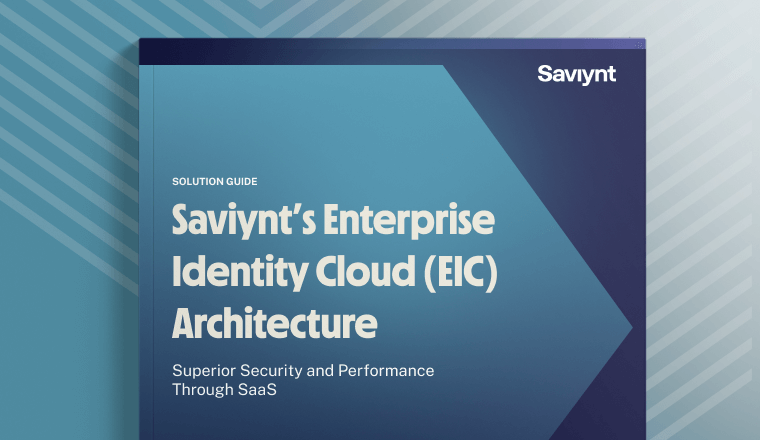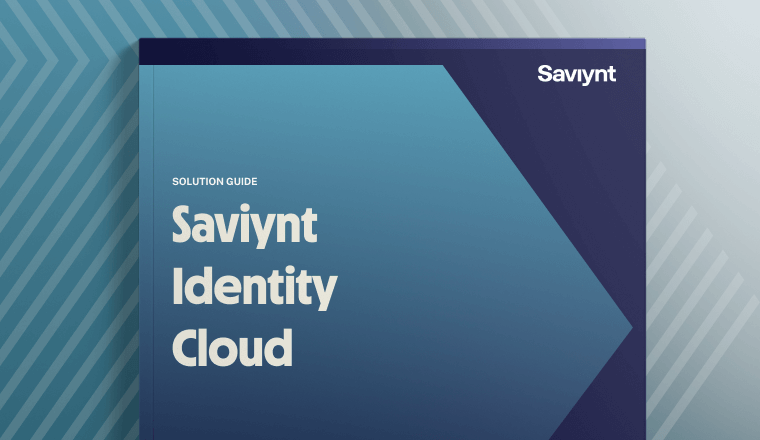What is Continuous Compliance?
What is Continuous Compliance Monitoring?
Continuous compliance is an ongoing, active process whereby a company demonstrates that they comply with all applicable standards and regulations. By continuously monitoring all IT assets and continuously scanning networks, organizations can detect risks, automatically be notified in case of a breach, and ensure compliance.
Governance, Risk & Compliance solutions can connect platforms to industry regulatory initiatives and relevant control types. Governments, agencies, and industry standards organizations increasingly require continuous monitoring as part of their consumer data protection initiatives making the increased compliance costs a roadblock to cost-effective digital transformation strategies.
Let’s look at how organizations achieve continuous compliance, the most common regulations, how compliance affects your business, considerations for audits, and commonly asked questions.
How do organizations achieve Continuous Compliance?
How to take control of your compliance program
- Implement an Identity Governance and Administration (IGA) solution to manage access throughout your IT ecosystem.
- Apply risk-based controls based on applicable control frameworks to meet compliance requirements.
- Track the application of these controls to show evidence of continuous compliance and streamline audit processes.
What are the most common regulations, and how do they affect your business?
Failing to meet regulatory compliance standards costs organizations billions every year. Even worse, the financial impacts continue to rise. These costs come from more than just fines and sanctions but can also include actual damage caused by business disruption and loss of productivity. Your organization can dodge these monetary bullets and improve information security and data privacy by taking a continuous approach to compliance requirements.
The base cost of general non-compliance is staggering and extends far beyond simple fines. For starters, organizations lose an average of $4 Million due to a single non-compliance event. But this is only the tip of the iceberg. To understand the true cost of a non-compliance event, you have to consider some of the hidden costs that come from business disruption — and even damage to your company’s reputation.
The total cost of non-compliance exceeds $14 Million and comes from:
- Fines, Penalties, & Other Fees
- Business Disruption
- Revenue Loss
- Productivity Loss
- Reputation Damage

Regulatory Compliance
Here are some standard regulations and the relevant consequences of non-compliance.
GDPR
The General Data Protection Regulation (GDPR) is a personal data privacy regulation from Europe created to protect the privacy of European citizens. The EU requires all organizations doing business in the EU to adhere to GDPR. Non-compliance comes with significant penalties for violations:
- The lowest tier fines are up to $11.03 Million or two percent of the company’s annual revenue, whichever is greater.
- Higher tier fines are up to $22.07 Million or four percent of the company’s annual revenue, whichever is greater.
SOX & GLBA
In response to the Enron and Worldcom scandals in 2002-2003, Sarbanes-Oxley (SOX) and Gramm-Leach-Bliley Act (GLBA) were born–driving accountability to companies and Boards of Directors for financial reporting. Rules for SOX compliance and GLBA compliance consist of a combination of technical and operational requirements. Ensuring the principle of least privilege is in place and implementing appropriate Separation of Duties (SoD) rules can help organizations meet these regulatory compliance requirements. Here are some examples of the consequences of non-compliance:
- Banks have been fined $243 Billion for non-compliance since 2008
- Monsanto was fined $80 Million in 2016
- Fines of $185 Million were assessed for one New York Bank after failing to comply with rules intended to protect client assets in 2015
Healthcare Organizations
HIPAA
The Health Insurance Portability and Accountability Act (HIPAA)
guarantees patients access to their data and limits who can see it – protecting patient privacy in the process. These privacy limitations are augmented with security as they restrict the dissemination of the patient’s data to non-providers.
Failure to ensure HIPAA compliance is costly to healthcare organizations, with significant fines and costs for remediation.
- In 2018 a major insurer was assessed a $16 Million fine for multiple violations.
- Individual penalties for HIPAA violations are up to $50,000 per violation.
- Healthcare organizations’ average breach costs after a HIPAA violation are $6.39 Million.
Your organization will find that the cost of maintaining continuous compliance monitoring is far easier to bear than the expense of dealing with non-compliance issues. Not only can organizations avoid costly fines and reputational damage, but by creating a solid compliance program, they can avoid future security incidents.
How does Continuous Compliance Monitoring affect audits?
At its core, compliance requires prescribed actions and documentation. To create Identity & Access Management (IAM) policies, you’ll need to define business-relevant key performance indicators (KPIs) and document your overarching continuous compliance program.
As such, IAM policies need to incorporate:
- Business-driven metrics
- Audit process
- Suggested documentation for proving governance
Automation solves many of the current IAM policy creation and compliance problems. Digital transformation requires an equally modern IAM solution to help protect data privacy and security. Finding the correct automation enables greater control over users’ data access and proves governance more effectively for audit purposes.
Automated tools remove the “rubber-stamping” in which overwhelmed IT administrators and department managers engage by using a solution that leverages identity analytics to monitor for anomalous access requests continuously. Automation applies your IAM policies across the identity lifecycle to create risk-aware request escalations, requiring someone in the organization to review the request manually.
Saviynt & Continuous Compliance Monitoring
Saviynt’s cloud-native, automated, and centralized governance and compliance platform includes real-time risk dashboards, SaaS-based SoD analysis, and reporting mapped to SOX, PCI, FedRAMP, HIPAA, and more.
Understanding Compliance-as-a-Service
- Accelerate Compliance Program Maturity
- Standardize User Access
- Scale Compliance with Risk Controls
- Monitor Controls Continuously
- Continuously Document Compliance Activities
- Integrate with Behavior and Monitoring Solutions
Saviynt’s built-in Risk Control Library and Unified Controls Framework leverage intelligent analytics to continuously monitor for anomalous access, enabling assured compliance-as-a-service. A continuous controls monitoring solution keeps an eye on risk-based access controls to meet stringent compliance mandates.
The Control Exchange accelerates compliance program maturity with its out-of-the-box control repository and a Unified Controls Framework cross-mapped across business-critical regulations, industry standards, platforms, and control types.
Additionally, the following compliance programs apply to Saviynt cloud services and maintain the confidence of our customers in the status of information security that we provide.

Resources


